What Are Prairie Onions: Information On Allium Stellatum Wildflowers
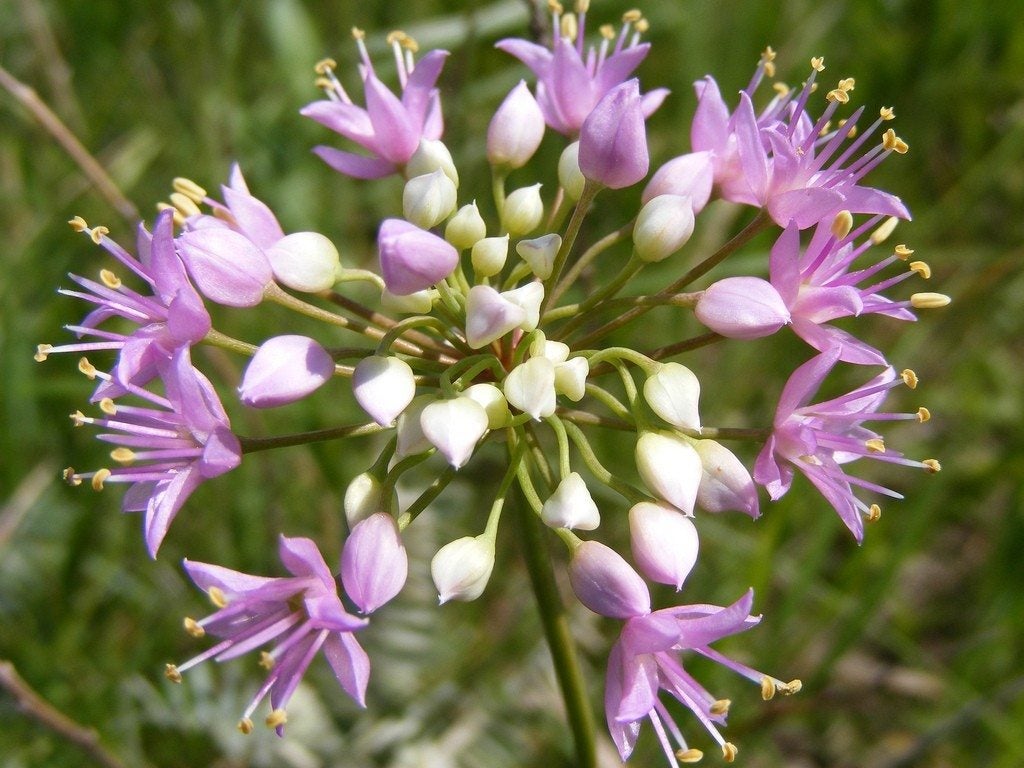

Prairie onions are a member of the Allium family, which includes onions and garlic. The bulb-forming plants are native to the central part of the United States but have been introduced in many other areas. Wild prairie onions are edible and good used raw or cooked. Prairie onions in the garden add a natural grace, with their height and structure blending perfectly with cultivated plants and other native perennials.
What are Prairie Onions?
Wild prairie onions abound on dry, inhospitable prairies and rocky slopes. What are prairie onions? Known as Allium stellatum wildflowers, prairie onions are 1 to 2 foot (30.5-61 cm.) tall perennial herbs that form edible bulbs. They produce a starry head of clustered florets culminating in a globe-like inflorescence. Related to the Lily family, these plants are also called prairie onions due to their tenacious habit of growing on rocky hillsides. The foliage is insignificant and forms in early spring before the stalk begins to grow. Once the stalk rises, the leaves die back leaving a clean, vertical green stem topped with the spectacular pink, white, or lavender flower.
Prairie Onions in the Garden
Wild prairie onions produce copious tiny, black seeds once the flowers are done. These self-sow readily but the resulting seedlings take several years to form bulbs and bloom. Mature plants of Allium stellatum wildflowers form bulblets over time. These are offset bulbs that are generally vegetative. The easiest way to add prairie onions to the landscape is through bulbs or the division of existing plants. Bulbs need protection from the hot sun and prefer partial shade and moist soil. Prairie onion care is minimal. The plants tend to naturalize when planted in preferred locations and the flowers will rise annually in mid to late spring.
Planting Wild Prairie Onions
Prepare the soil in an appropriate site by digging at least 6 inches (15 cm.) into the soil and tilling while adding generous amounts of leaf litter or compost. This will loosen the soil and increase the porosity so the bulbs don't get soggy and rot. Add a handful of bone meal and work into the soil as well. Plant the bulbs with the root side down, pointed side up. They need to be at least 4 inches (10 cm.) deep in the soil but not more than 8 inches (20.5 cm.). Cover with the amended soil and pat down gently. The best time for planting is early spring, but, in mild areas, you can plant in fall.
Caring for Your Native Onions
The most important detail of prairie onion care is division. Since the seeds take such a long time to produce a flowering plant, the best way to ensure blooms is from divisions of the bulbs. Each division will become a new plant. Additionally, good drainage and once-a-year fertilizer or bone meal in spring will get your wild prairie onion off to a good start for the blooming season. Sample some of the new stems as a substitute for chives or pull out the bulblets for roasted onions. Wild prairie onions are an excellent replacement for any regular onion. Enjoy their sweet pungency and ease of care.
Gardening tips, videos, info and more delivered right to your inbox!
Sign up for the Gardening Know How newsletter today and receive a free copy of our e-book "How to Grow Delicious Tomatoes".

Bonnie Grant is a professional landscaper with a Certification in Urban Gardening. She has been gardening and writing for 15 years. A former professional chef, she has a passion for edible landscaping.
-
 Get Ready For A Summer Of Hummers! Grow These Full Sun Hummingbird Plants and Flowers
Get Ready For A Summer Of Hummers! Grow These Full Sun Hummingbird Plants and FlowersIf you’re lucky enough to enjoy a sunny backyard, make sure you are maxing out on your pollinator opportunities and grow these full sun hummingbird plants and flowers
By Tonya Barnett
-
 12 Lush Alternatives To A Lawn For Sustainable Spaces
12 Lush Alternatives To A Lawn For Sustainable SpacesAlternatives to a lawn are beautiful and also beneficial to your local ecosystem and its pollinators. Explore our top picks for plants to replace grass.
By Tonya Barnett
-
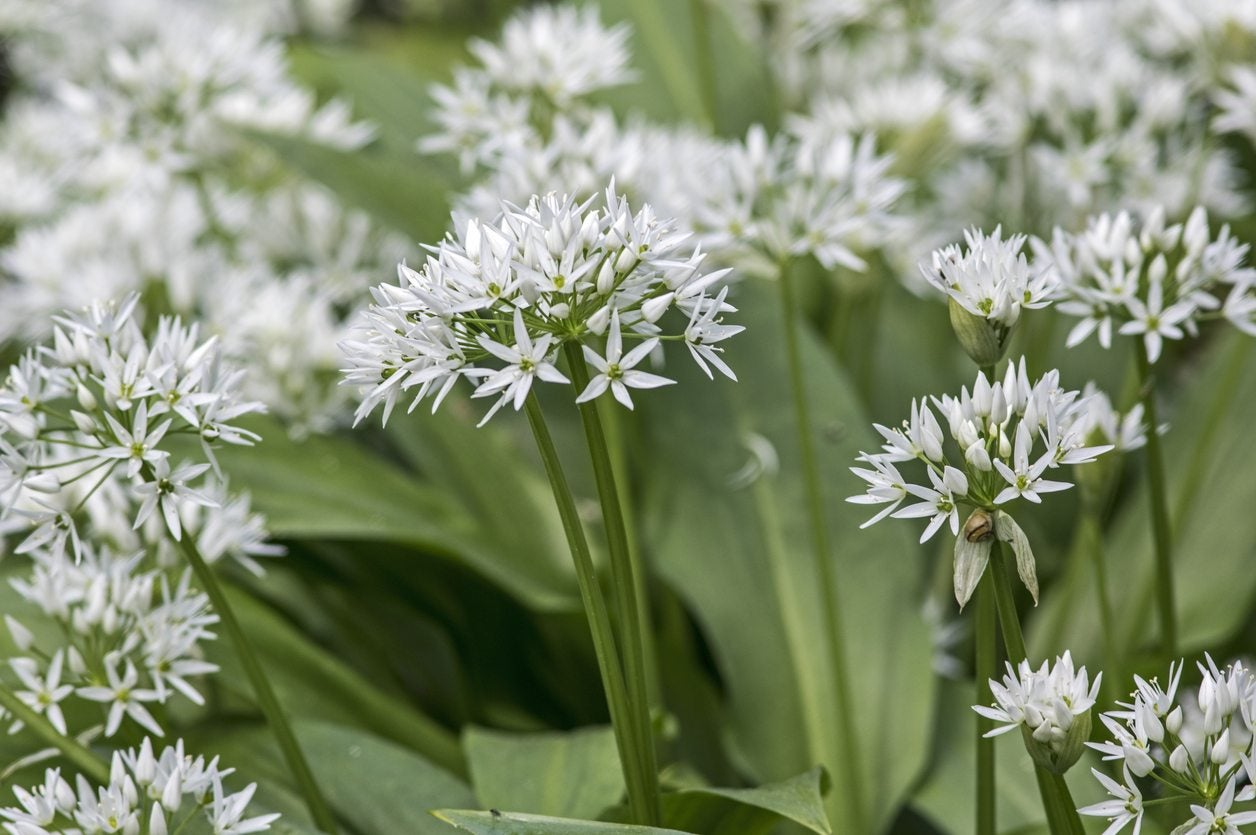 Controlling Allium Plants & How To Manage Flowering Onions
Controlling Allium Plants & How To Manage Flowering OnionsIf ornamental alliums are so practical and attractive, how could there be any problems with ornamental alliums in the garden? Not all allium varieties are well-behaved. Some become weeds that are nearly impossible to get rid of. Learn more in this article.
By Mary H. Dyer
-
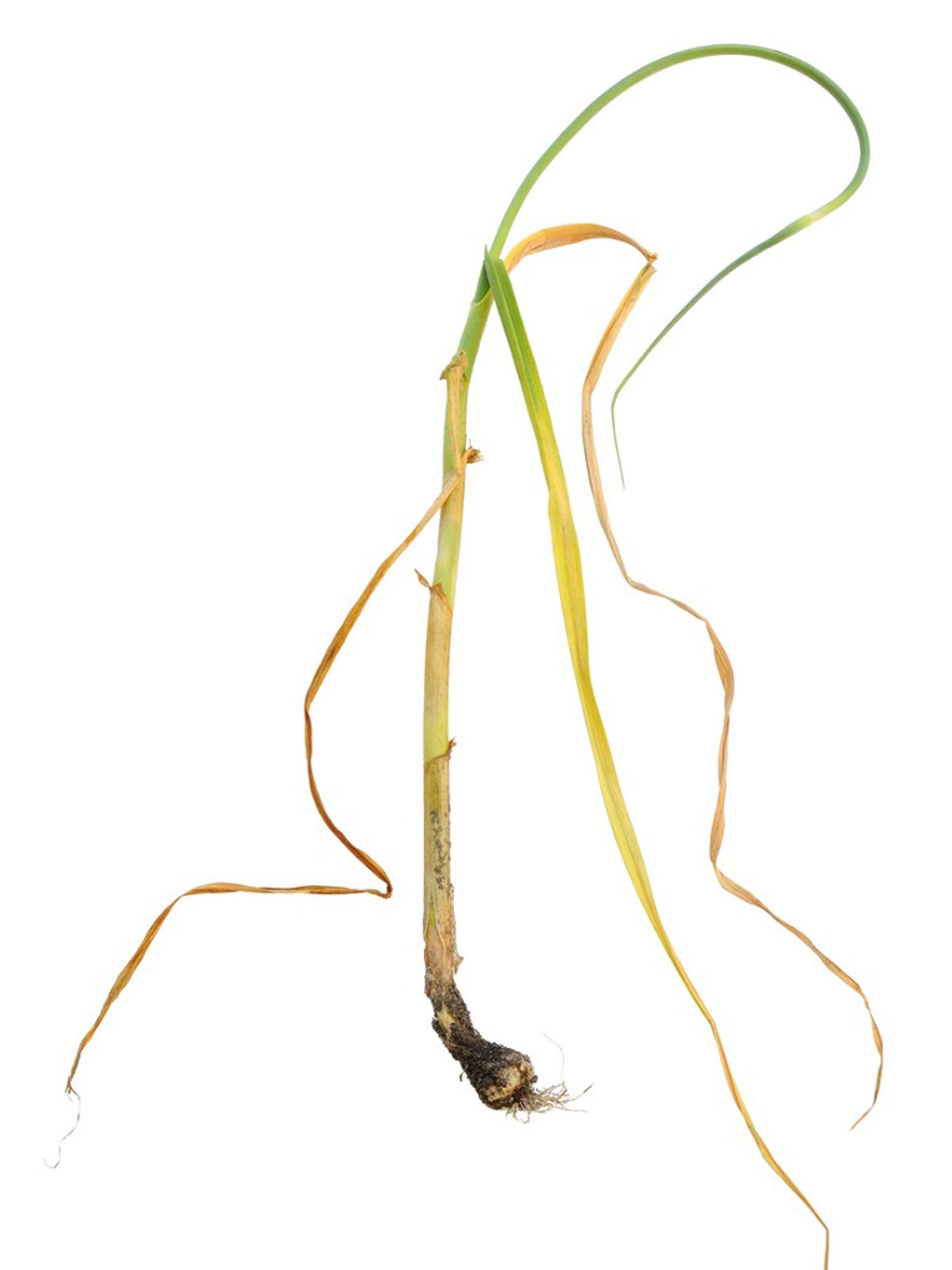 Sclerotium On Alliums – How To Manage Allium White Rot Symptoms
Sclerotium On Alliums – How To Manage Allium White Rot SymptomsAllium white rot should be monitored, as it can result in complete loss of allium plants. Learn more about what causes white rot and its control here.
By Tonya Barnett
-
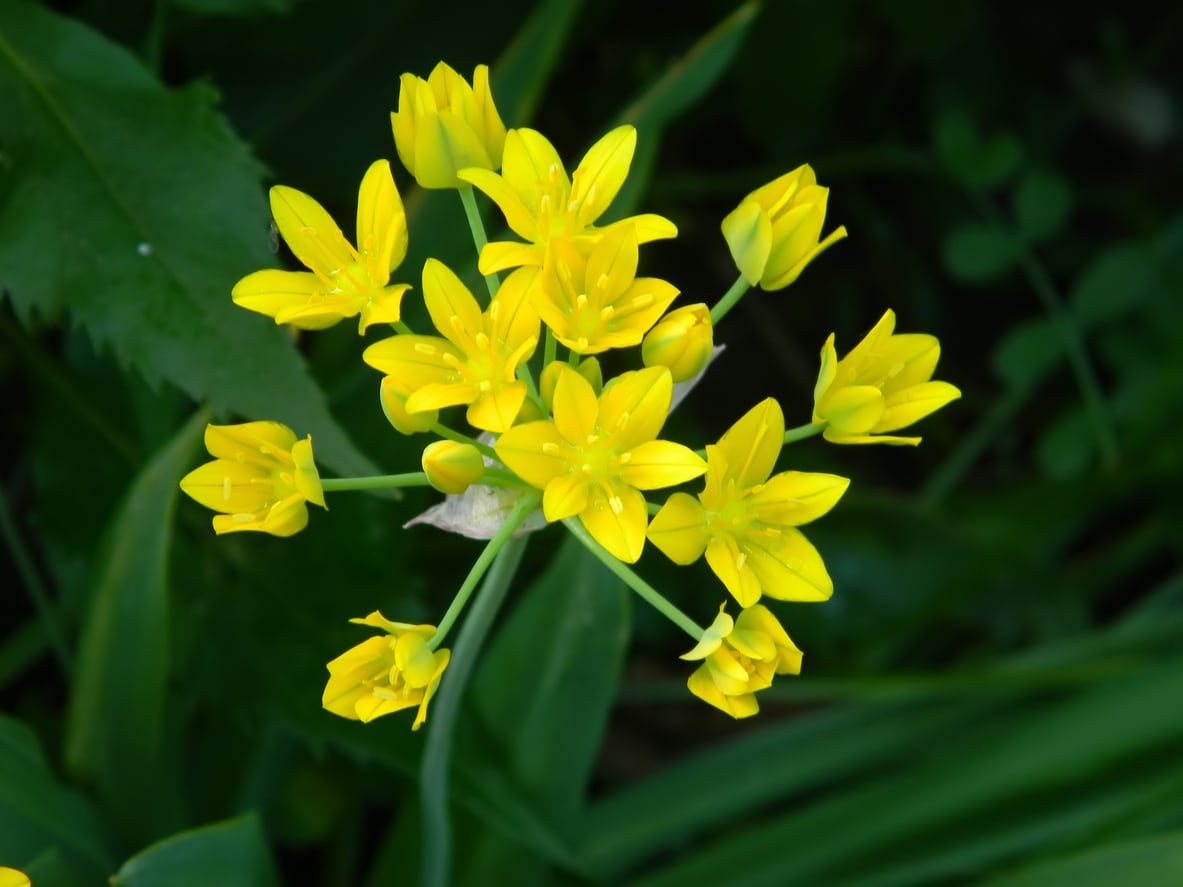 Allium Moly Care – Learn How To Grow Golden Garlic Alliums
Allium Moly Care – Learn How To Grow Golden Garlic AlliumsGolden garlic, also called moly garlic, is an allium bulb plant that offers bright, long-lasting yellow flowers on tall stalks. For more allium moly information, plus tips on how to grow golden garlic, click on the following article.
By Teo Spengler
-
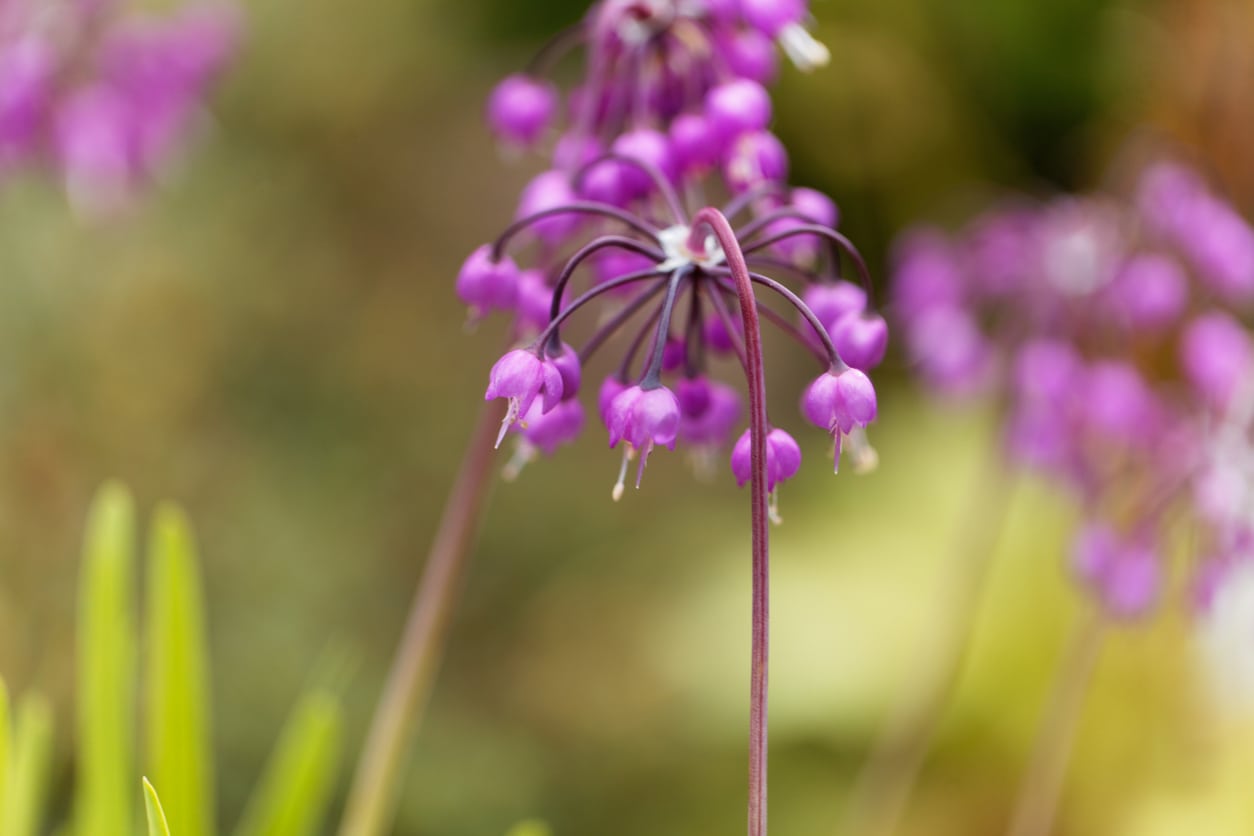 Nodding Pink Onions – How To Grow Nodding Onions In Your Garden
Nodding Pink Onions – How To Grow Nodding Onions In Your GardenIf you love wildflowers, try growing a nodding pink onion. What’s a nodding pink onion? Well, its descriptive name gives more than just a hint but you can click on this article to learn how to grow nodding onions and about nodding onion care.
By Amy Grant
-
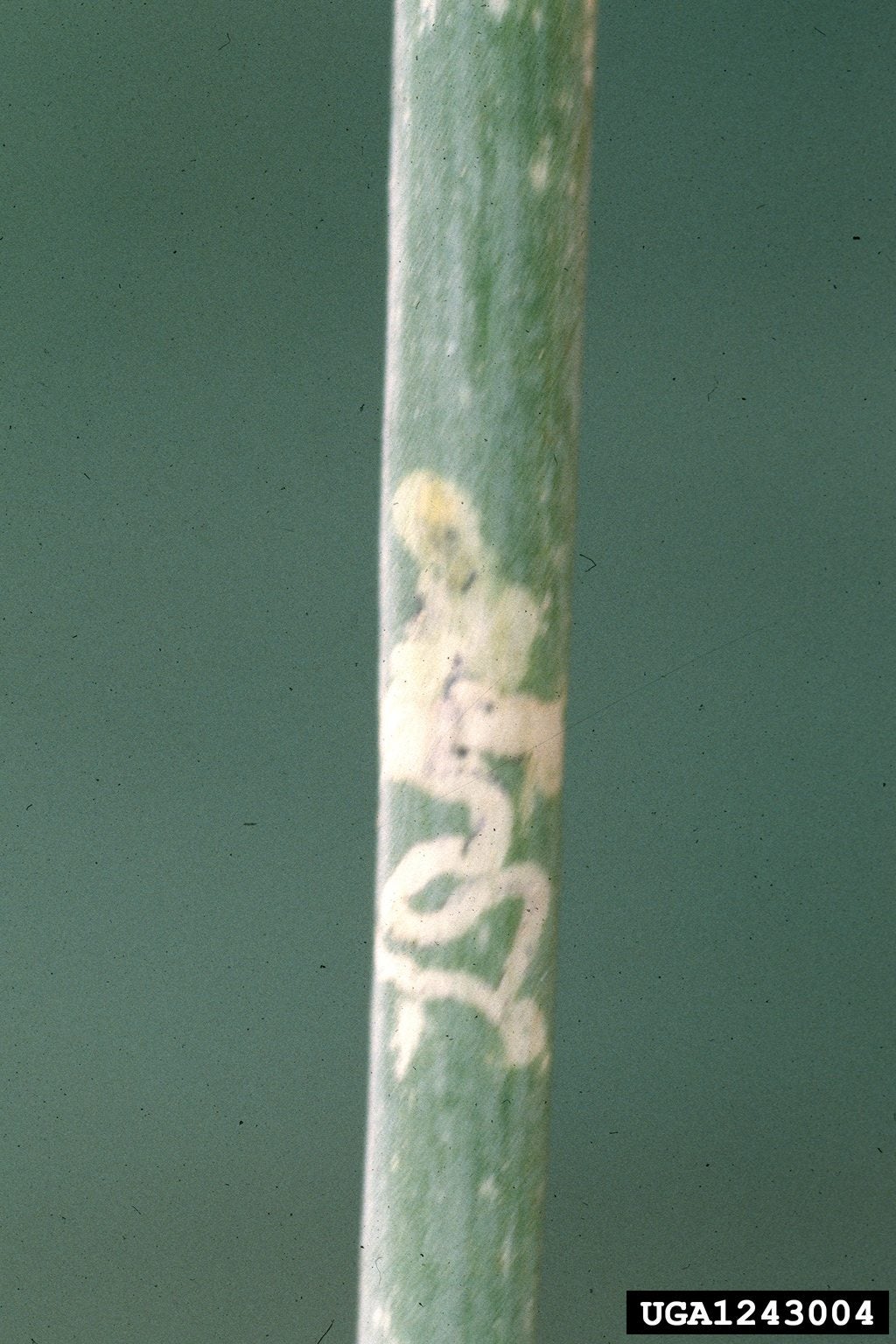 Allium Plant Pests: Learn About Allium Leaf Miner Control
Allium Plant Pests: Learn About Allium Leaf Miner ControlAllium leaf miners were first detected in the Western Hemisphere in December of 2016. Since then they've become a serious pest of onions and other alliums in Canada and the Eastern U.S. Find out about detecting and treating allium leaf miners in this article.
By Jackie Carroll
-
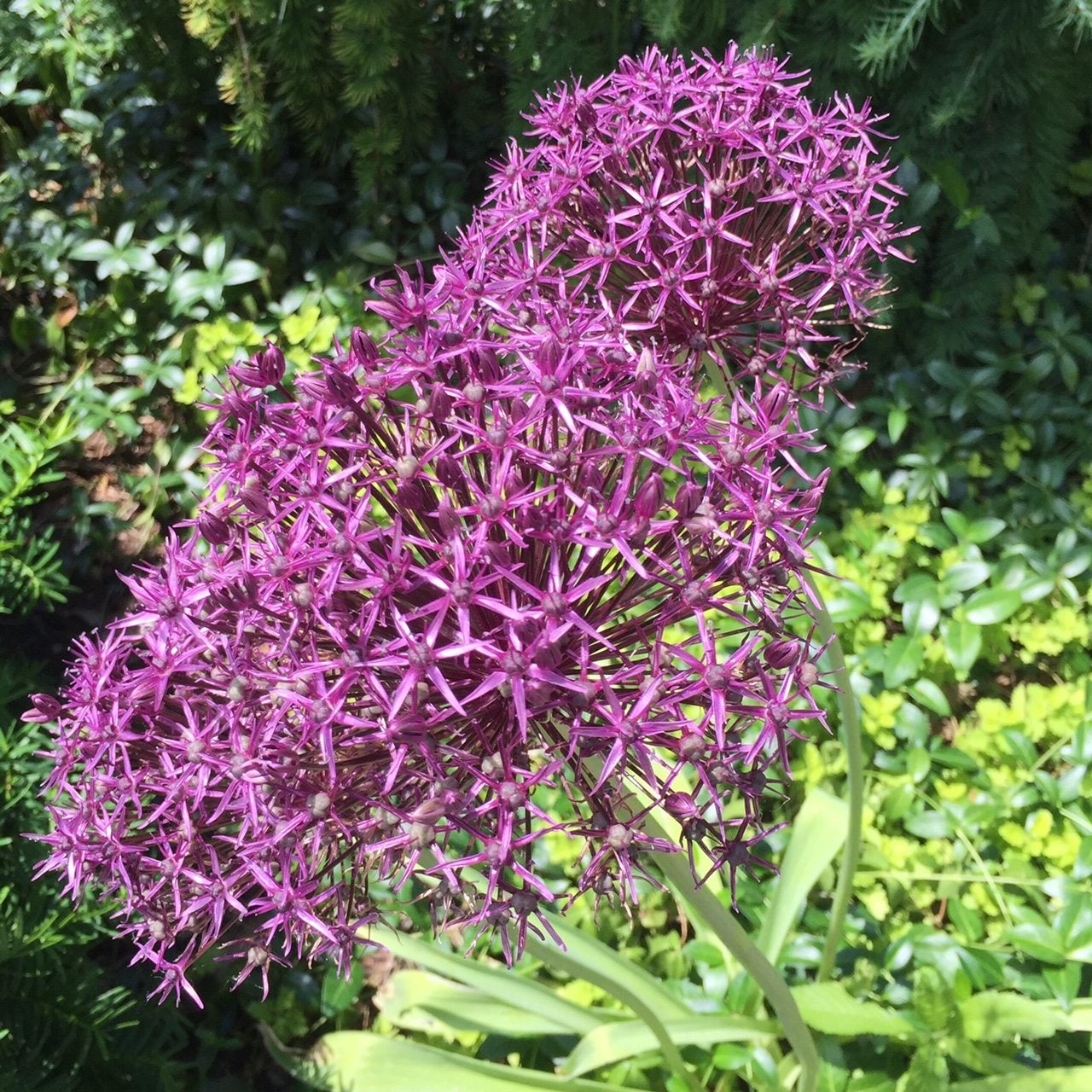 Allium Post Bloom Care: Caring For Allium Bulbs Once Flowering Is Over
Allium Post Bloom Care: Caring For Allium Bulbs Once Flowering Is OverAlliums are usually exclusively grown for their flowers. But what do you do with your allium once it's finished flowering? Learn more about how to care for alliums after blooming in this article so you can enjoy their beauty as long as possible.
By Liz Baessler
-
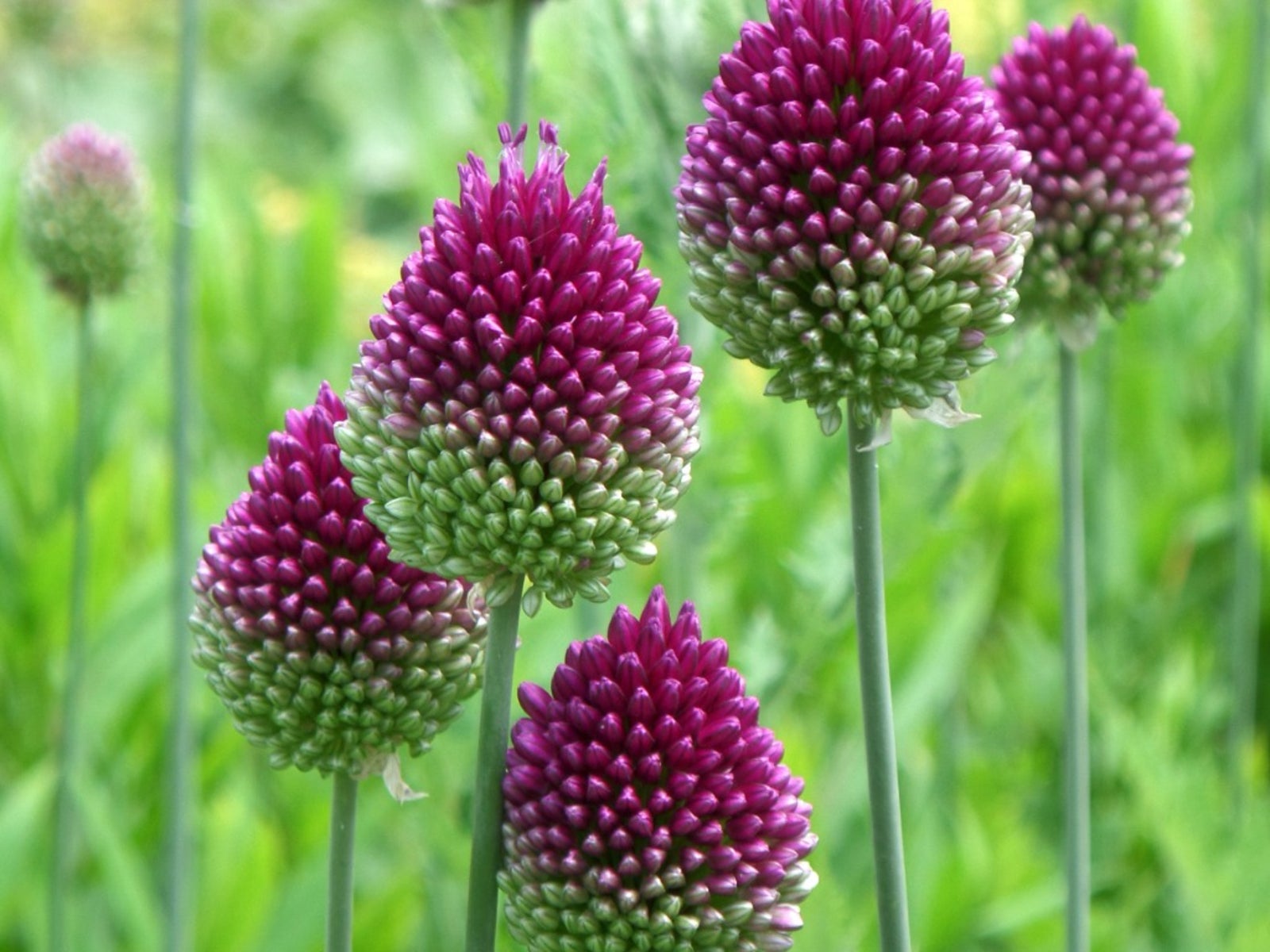 Drumstick Allium Flowers: Tips For Growing Drumstick Alliums
Drumstick Allium Flowers: Tips For Growing Drumstick AlliumsDrumstick allium is appreciated for the egg-shaped blooms that appear in early summer. Hollow, grayish-green foliage provides lovely contrast to the pink to rosy-purple drumstick allium flowers. Click here to learn more them.
By Mary H. Dyer
-
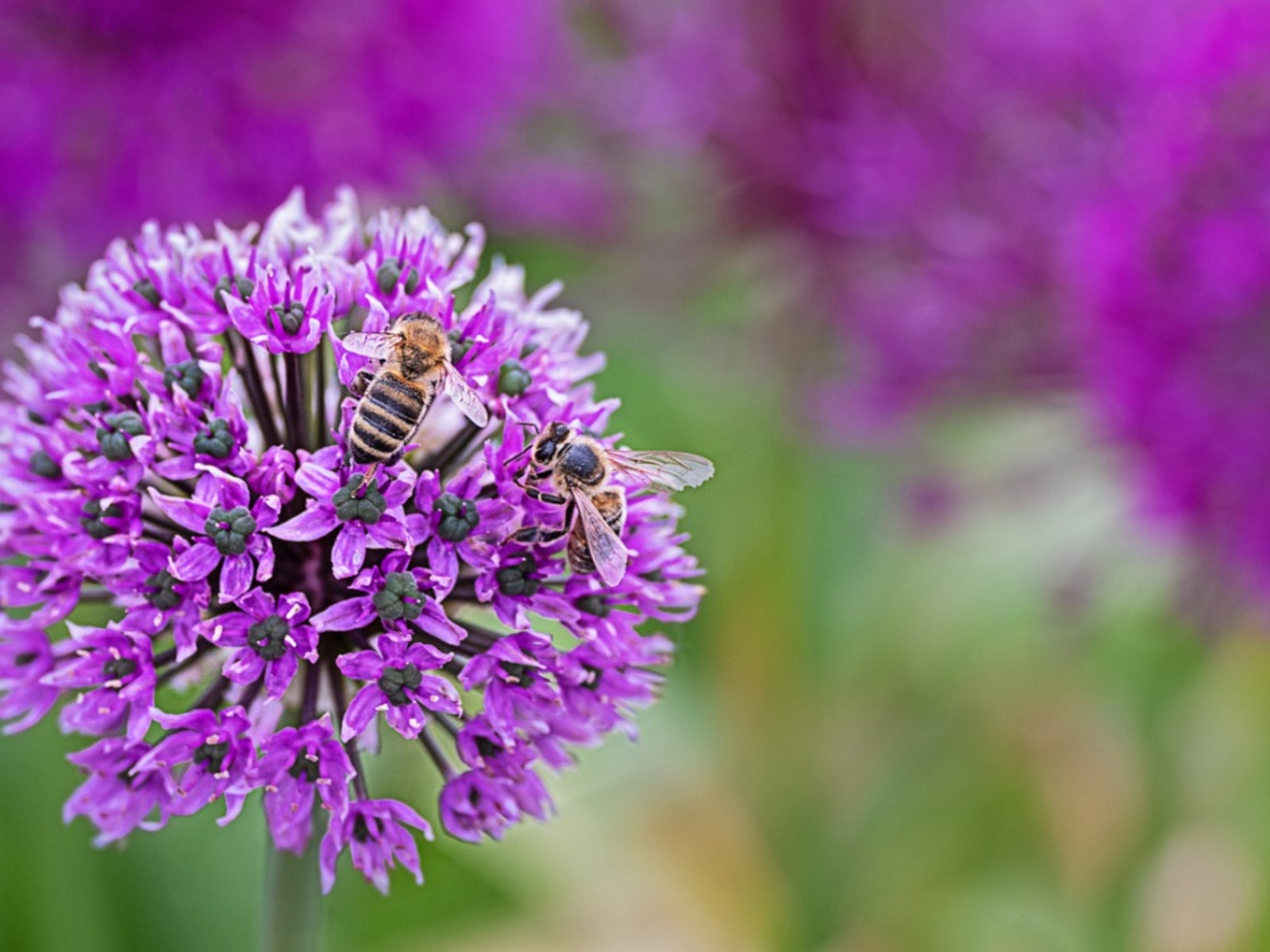 Allium Plant - How To Grow Alliums In Your Flower Garden
Allium Plant - How To Grow Alliums In Your Flower GardenAllium plant is related to the garden onion, but don't let this deter you from planting it. In fact, minimal allium care and a show of large blooms are just a couple of reasons to include them. Get more info here.
By Becca Badgett